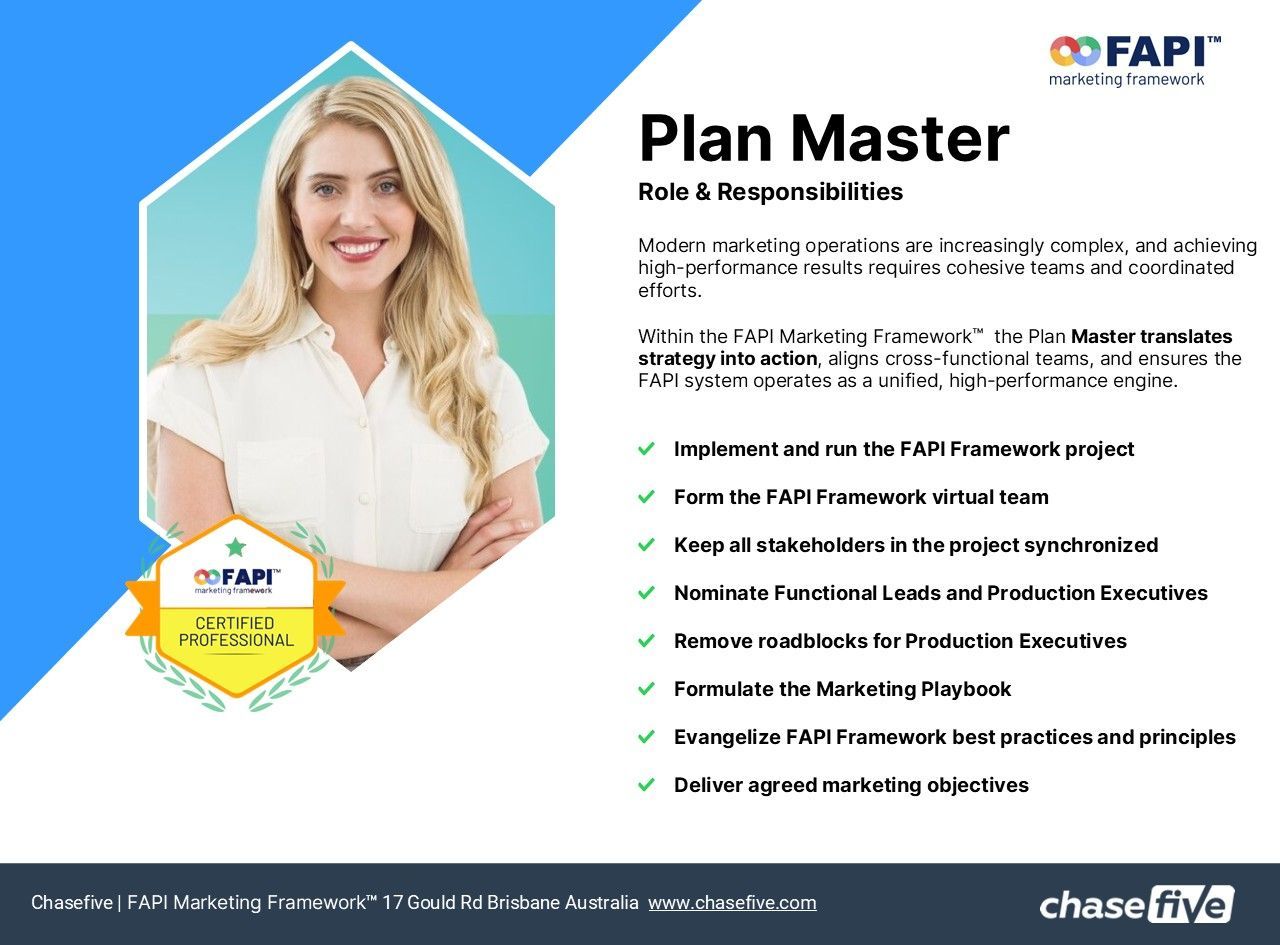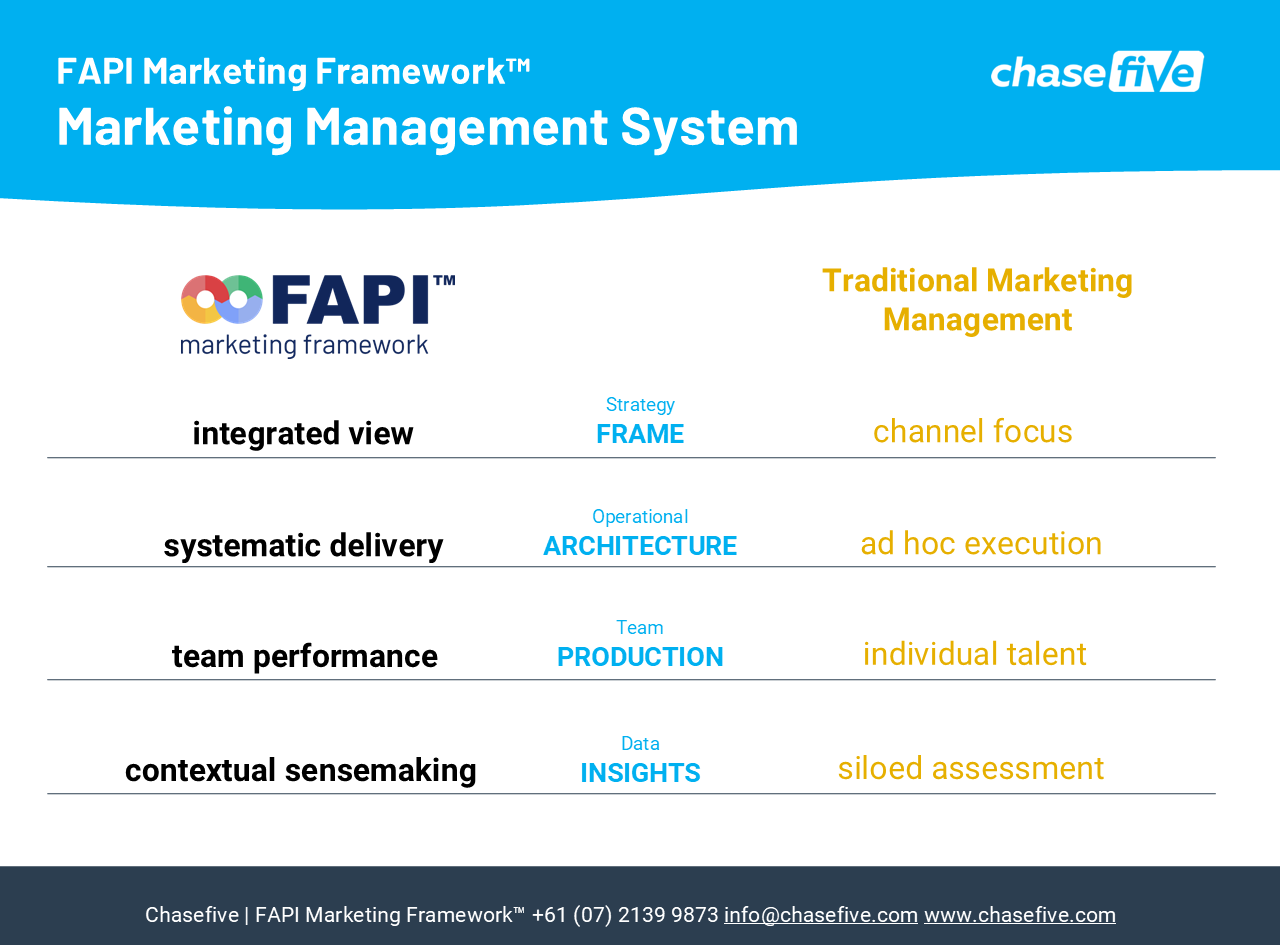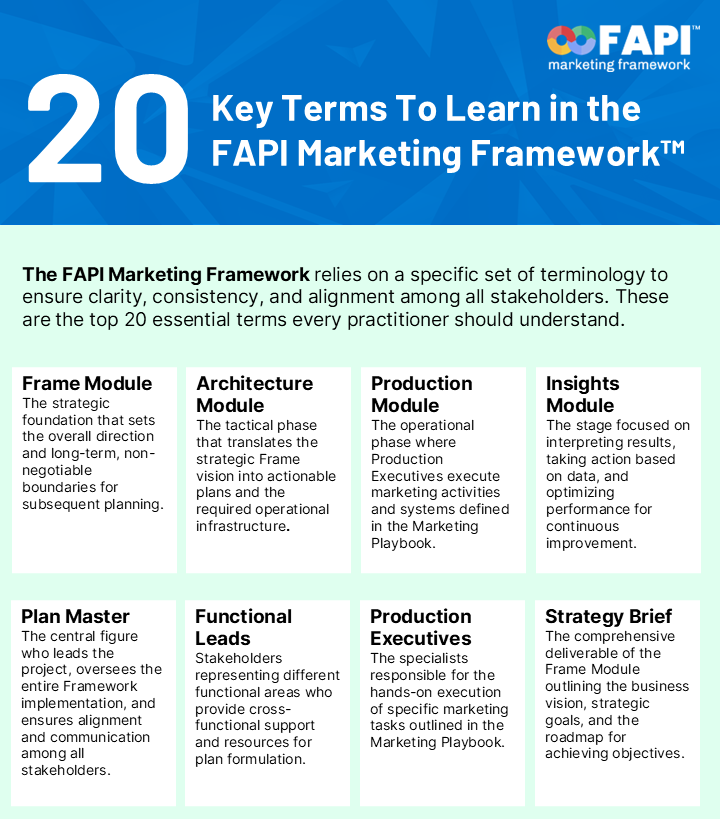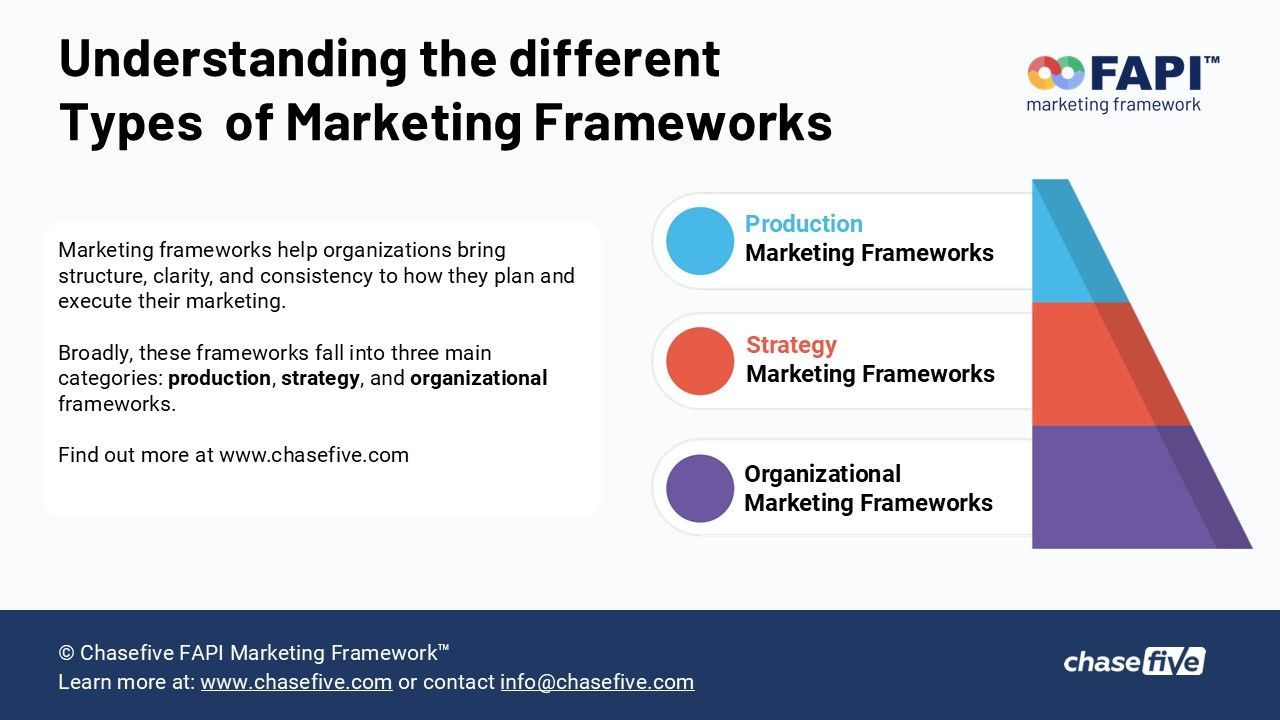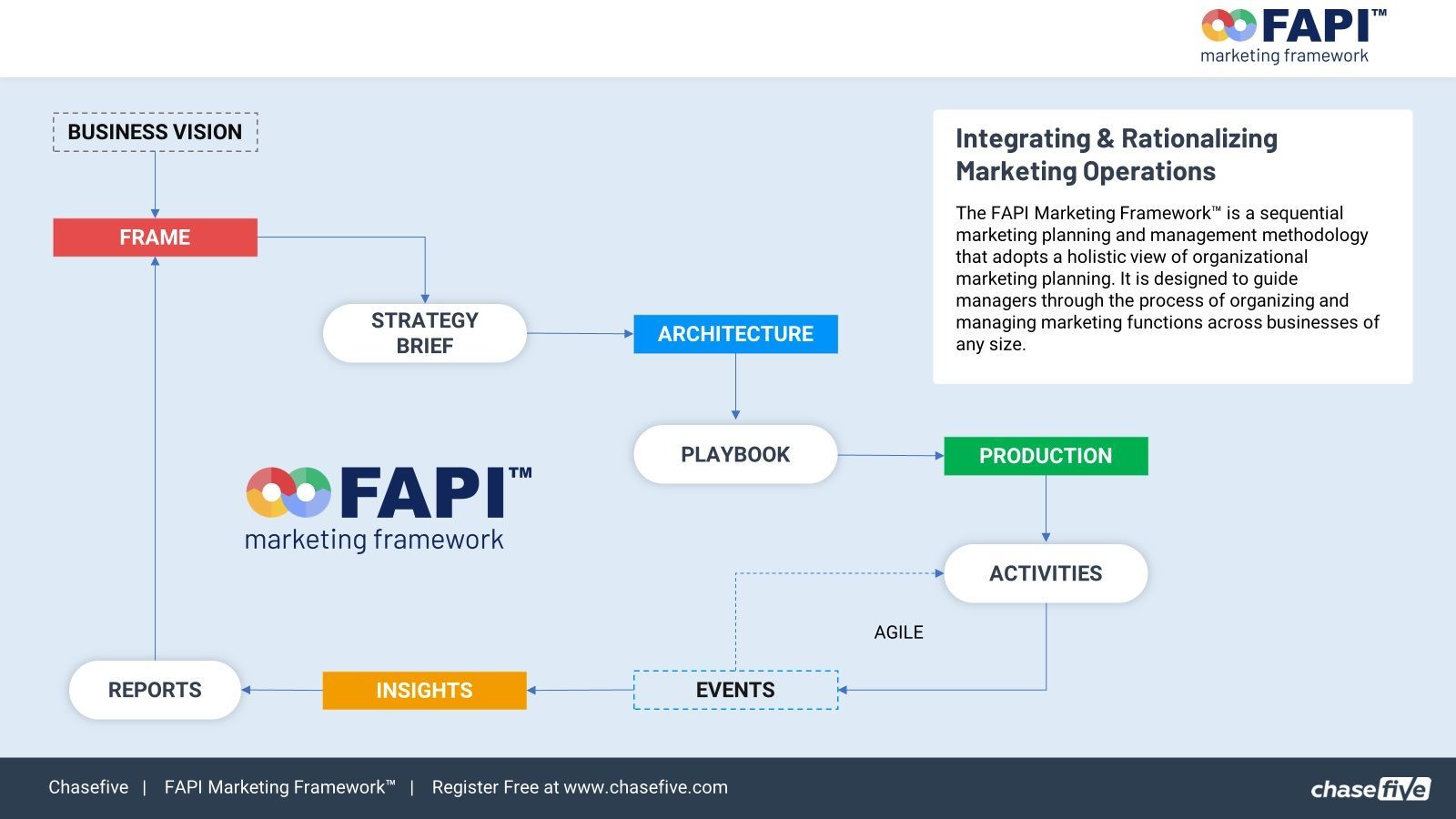Addressing marketing's high failure rate: Do marketing campaigns fail on their own, or are marketing organizations failing?
There is a significant amount of data and statistics illustrating the rate of marketing campaign failures in businesses of all sizes. According to a survey of 1,000 marketers worldwide conducted by Rakuten, respondents estimated that they waste an average of 26% of their budgets on ineffective channels and strategies. Additionally, approximately half of the respondents stated that they misallocated at least 20% of their budgets. The reported failure rate, specifically for online marketing, is even higher with extensively published data.
Given this scenario, it's no surprise that businesses invest significant budgets and resources in optimizing campaigns and testing new tactical channels. However, the real question is whether it is the campaigns or channels that fail or if, instead, it isn't the marketing organizations that fail.
Drawing from the principles of the FAPI Marketing Framework™, it is evident that multiple factors can lead to the high failure rate of marketing projects. These factors extend well beyond the simple creation of campaigns or the selection of media channels; more often, they are structural issues related to organization, systems, planning and resources.
Structural factors leading to marketing programs failure
The key structural factors that can lead to the failure of marketing programs are as follows:
1. Lack of clear strategic parameters: When marketing projects lack well-defined strategic parameters, it becomes challenging to align activities with the company's overall objectives. Without a clear direction, efforts may be scattered, leading to inefficiencies and suboptimal outcomes.
2. Inadequate collaboration and communication: Effective marketing requires cross-functional collaboration. If team members across all business areas fail to communicate effectively or work in silos, it can hinder project success. The FAPI Marketing Framework emphasizes shared language and responsibilities to ensure efficient execution.
3. Resource mismanagement: Wasted resources translate to lost opportunities. The FAPI Marketing Framework helps minimize marketing waste by aligning activities with objectives and optimizing processes. Efficient use of resources helps to avoid unnecessary expenses and contributes to a stronger MROI.
4. Failure to adapt to changing circumstances: Marketing environments are dynamic. Projects that don't adapt to new information, unexpected events, or shifts in circumstances may struggle. The FAPI Marketing Framework's flexibility allows for ongoing monitoring, evaluation, and adjustments, making it recursive and self-correcting.
The FAPI Marketing Framework™ provides a strategic organizational planning method designed for businesses seeking to improve
marketing operational efficiency and performance. The framework takes a holistic approach to marketing performance, ensuring that every aspect of marketing organization is carefully planned and seamlessly executed.
A robust marketing organizational structure is crucial for success in today's fast-paced and dynamic business world. The FAPI Marketing Framework™ provides organizations with a comprehensive approach to achieving marketing excellence by emphasizing key critical structural productivity areas.
These include optimizing resources to enhance efficiency, utilizing data for continuous improvement, fostering creativity and innovation, and aligning marketing efforts with overall business strategy. The framework also emphasizes the importance of stakeholder collaboration, clear direction, and synchronization among teams to achieve predictable outcomes. By integrating these principles, organizations can establish a more streamlined, effective, and data-informed approach to marketing.
The goal of the FAPI Marketing Framework™ is to help organizations create structured yet flexible marketing systems that can adapt to market changes and consumer behaviours, thereby maximizing marketing effectiveness and driving business success.
For free resources and support register at the FAPI Marketing Framework Academy
